What are the Biggest Mistakes Teachers Make When Integrating Technology into the Classroom?
The word “mistake” is a harsh word. It implies flaws, pointing fingers, errors in judgement, something wrong and possibly even a dead end. I would rather think or connect the word “mistake” to first steps, stepping stones, experimentation and exploration. With that being said, those “first steps” or that exploration cannot become a routine cemented in stone how technology is being used in the classroom. Stepping stones are meant to lead to something else.
For the sake of the prompt given, here are my top 5 “Mistakes” (in no particular order) which I see, read and hear about as I travel the world to learn and work with schools, teachers and students:
- Technology being used to substitute an analog activity
- Technology use being seen as an add-on to allow students to use devices, the Internet, a program or an app as a reward, for entertainment, as a time filler for students who finish early
- Technology use as a separate subject area
- Technology as a $1000 pencil initiative
- Technology seen as the solution to motivate and engage students
Via
Gust MEES



 Your new post is loading...
Your new post is loading...


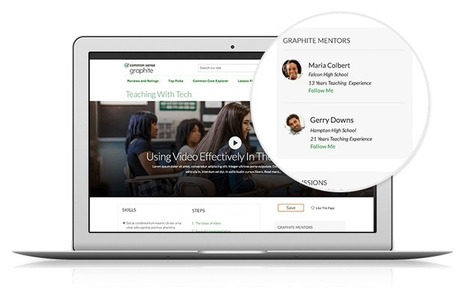



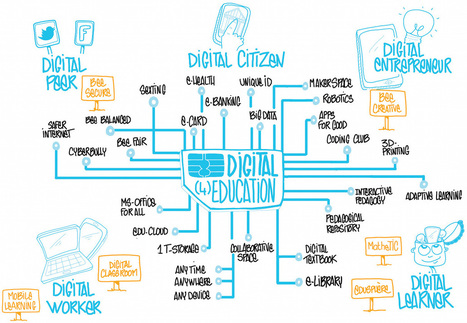

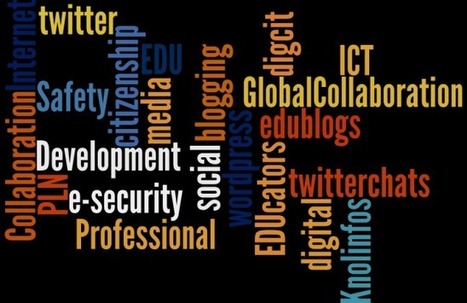
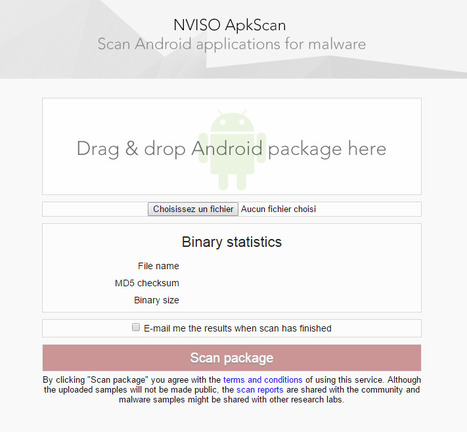
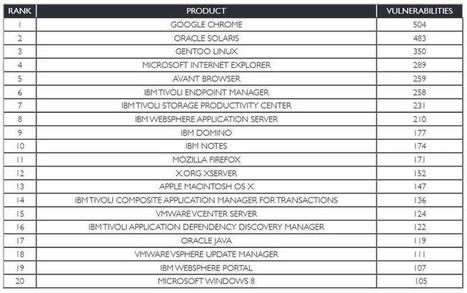
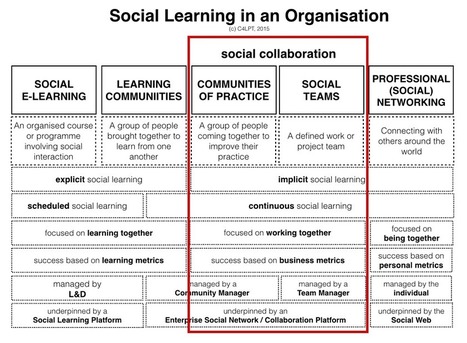

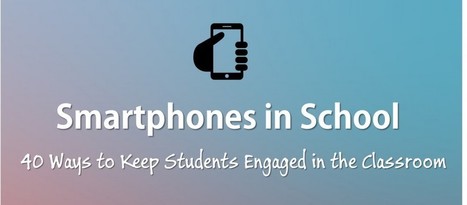










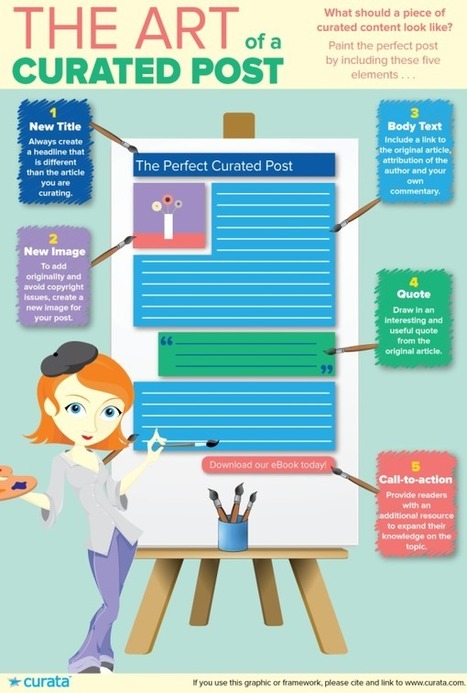


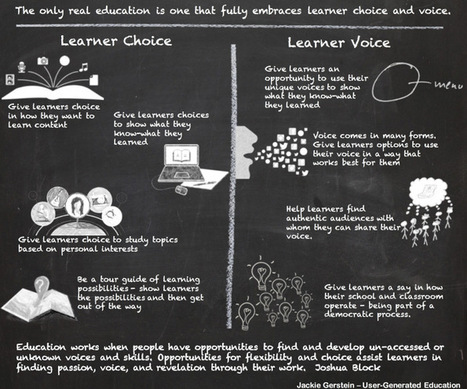





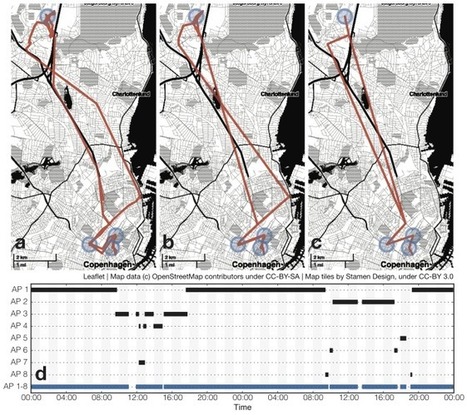
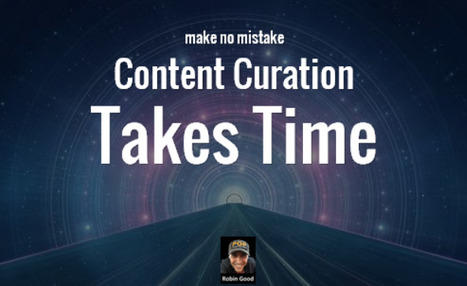



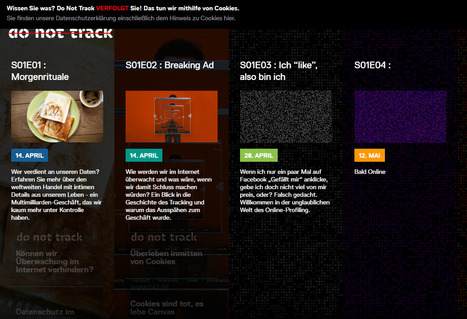


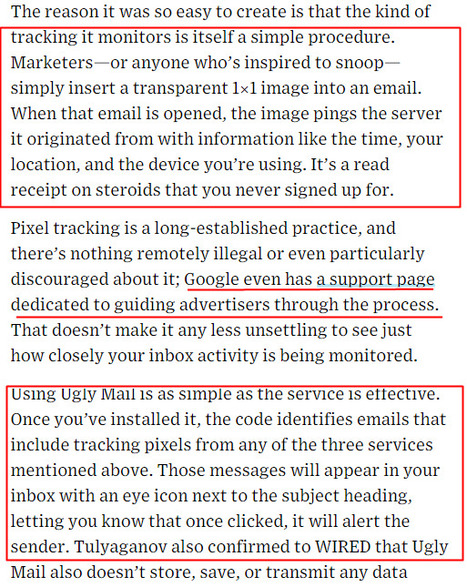
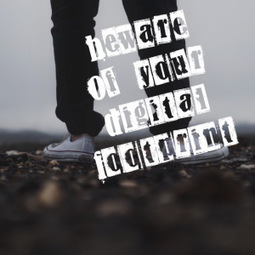









Attackers use a variety of password discovery techniques including the use of powerful tools that are freely available on the Internet...
Learn more / En savoir plus / Mehr erfahren:
http://www.scoop.it/t/securite-pc-et-internet/?tag=Passwords